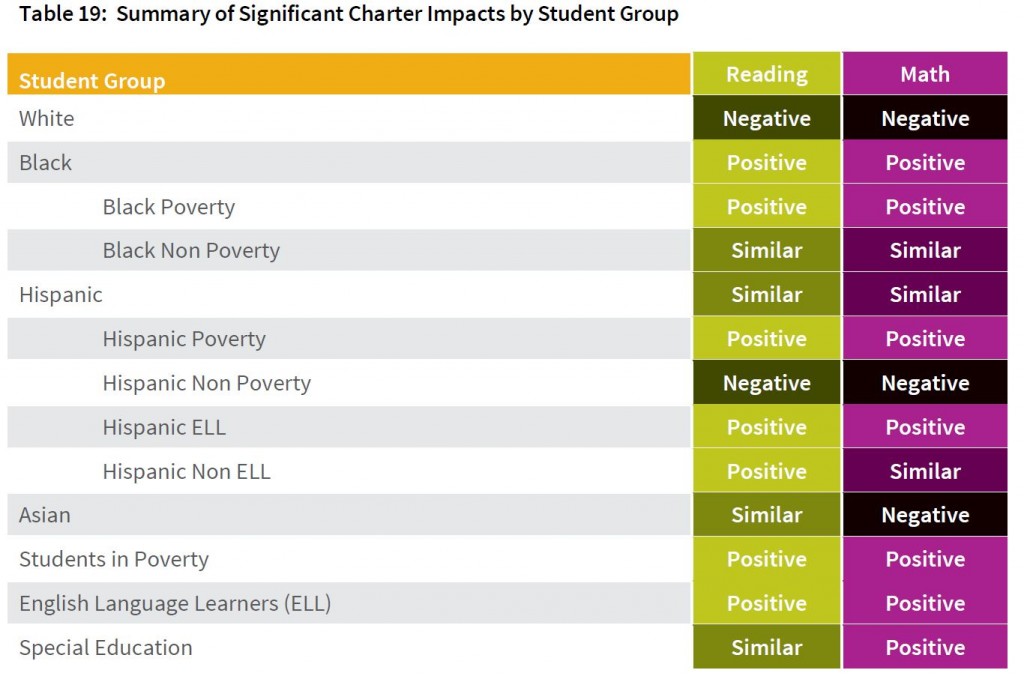Do charter schools hurt the academic achievement of minority students that enroll? Do charters hurt the minority students who remain in public schools? How does closing traditional public schools and replacing them with charter schools impact these students?
Those are valid questions. But relying on unsubstantiated claims and ignoring credible evidence detracts from the thoughtful discussion the topic deserves. Unfortunately, that’s the route taken by the Journey for Justice Alliance, a coalition of left-of-center education activists and parents that recently garnered a fair amount of ink for its position.
During the 60th anniversary of Brown v. Board of Education, the alliance released a report, “Death by a Thousand Cuts,” which was part of a larger civil rights complaint against charter schools and public school closures. It claimed charter schools and school closure policies were “racially discriminatory.”
The alliance treats the racial demographics of charter schools, and the fact that charters are less popular in whiter suburban areas, as evidence that minority communities are being treated differently than their white counterparts. While it’s true there are disproportionally more black students and fewer white students in charters (see the highly regarded CREDO study on charters, page 16), it is a broad jump to conclude this occurred because of racism or discrimination on the part of charters or education reformers.
The alliance doesn’t consider the possibility that urban charters may be growing because they’re outperforming traditional public schools in urban areas, while suburban charter schools may not be because they’re not outperforming suburban public schools. Research seems to back up this explanation.
*CREDO National Charter School Study 2013, page 81.
The 2013 CREDO study found low-income black students attending charters benefited a lot – the equivalent of 29 extra days of learning in reading per year and 36 extra days in math (page 65-66).
Advantages were also found for low-income Hispanic and English Language learners (page 69 and 72). The results are even stronger for low-income minorities in charter-happy New Orleans. White students, by contrast, score higher in traditional public schools.
There are a host of reasons why urban public schools struggle. But the alliance blames “right-wing conservatives” seeking to “dismantle organized labor;” decades of “cutting spending to public schools” (K-12 education spending has actually increased 142 percent since 1970); and charter schools. It’s as if the group is unaware that traditional public schools in urban areas performed poorly in the decades before vouchers, charter schools and public school turn-around programs were implemented.
If racism does play a role in the underperformance of low-income minority students (and indeed it might), placing a moratorium on charter schools, as the alliance demands, won’t help.



